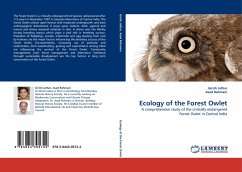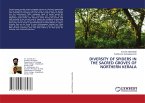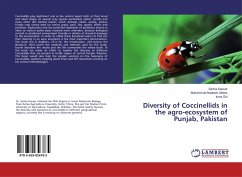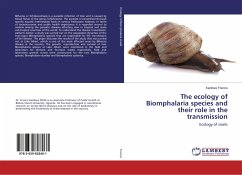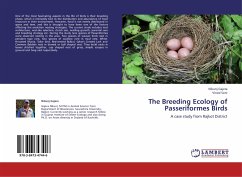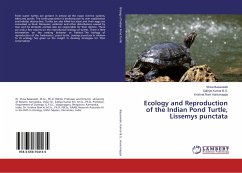The Forest Owlet is a critically endangered bird species rediscovered after 113 years in November 1997 in Satpuda Mountains of Central India. The Forest Owlet utilizes open forests with moderate undergrowth and least anthropogenic disturbance. It preys upon rodents, skink, agamid and insects and shows seasonal variation in diet. It shows nest site fidelity during breeding season which plays a vital role in breeding success. Predation of fledglings, ovicide, infanticide and egg stealing from nest by humans are the major factors influencing the breeding success of the Forest Owlet. Encroachments, increasing use of pesticide and rodenticides, illicit woodcutting, grazing and superstitions among tribal are influencing the survival of the Forest Owlet. Community management, joint forest management and alternative livelihood through sustainable development are the key factors in long term conservation of the Forest Owlet.
Hinweis: Dieser Artikel kann nur an eine deutsche Lieferadresse ausgeliefert werden.
Hinweis: Dieser Artikel kann nur an eine deutsche Lieferadresse ausgeliefert werden.

